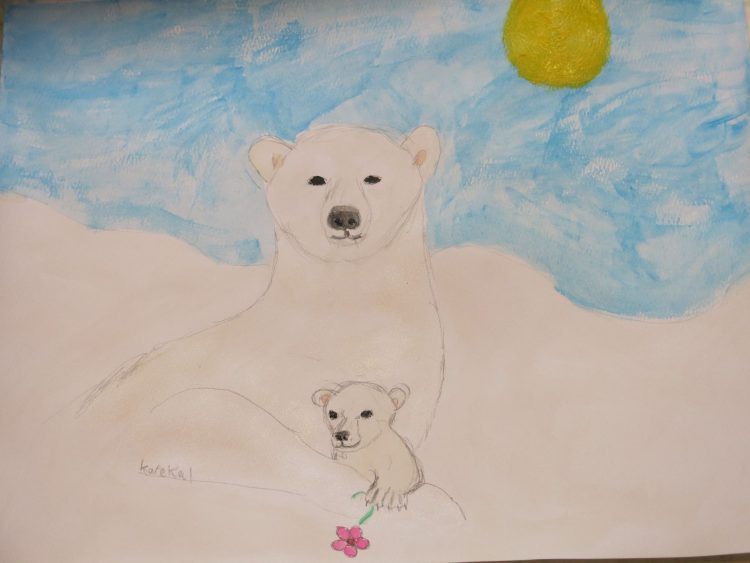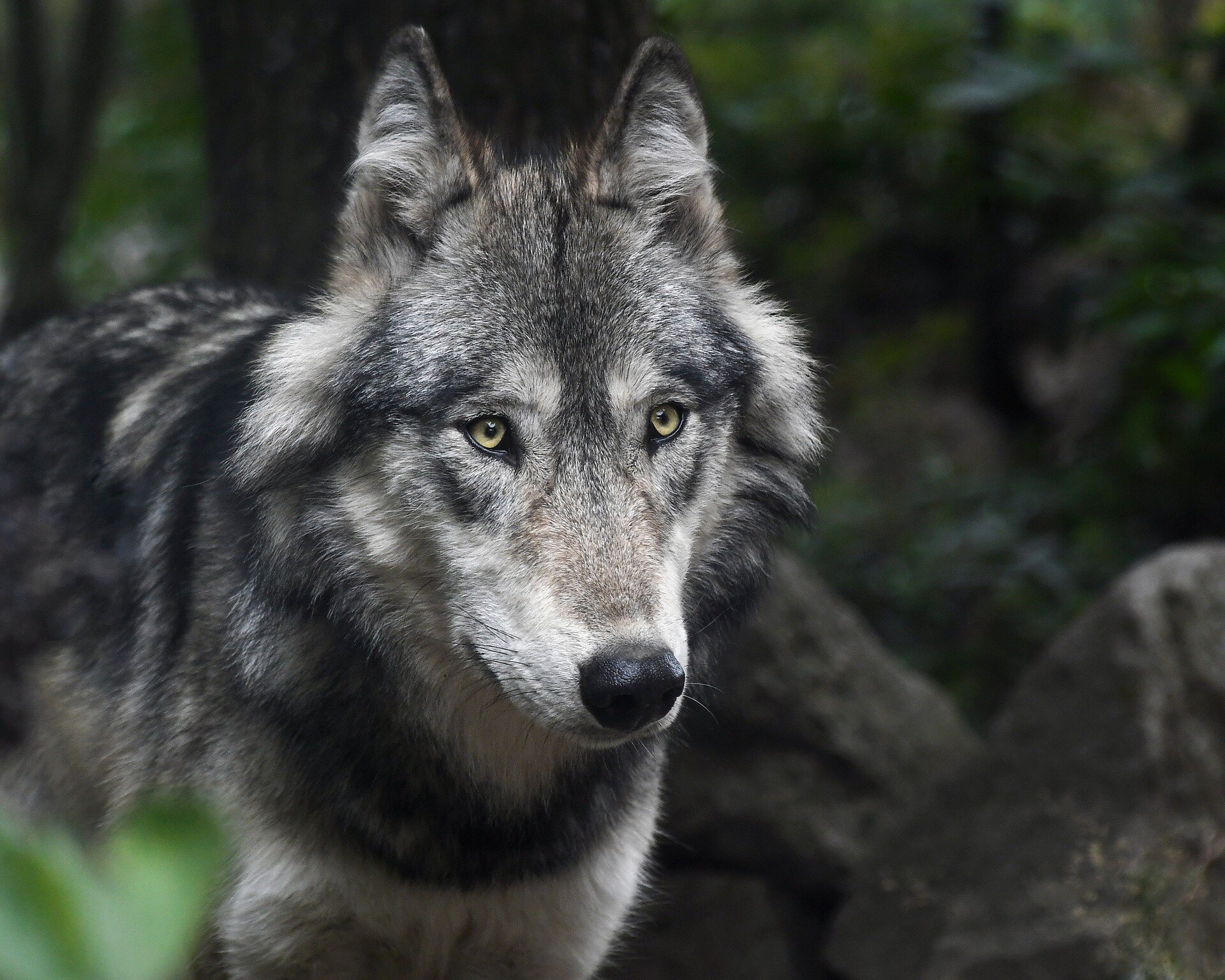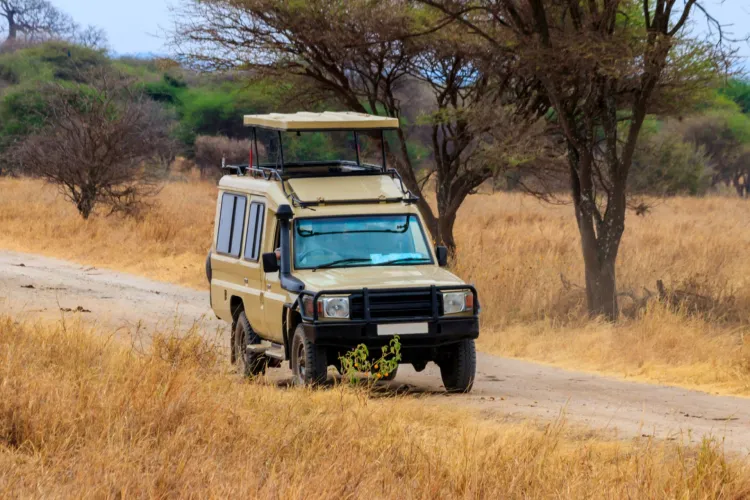Social media personalities focused on eco-causes are educating millions about the hidden wonders of the natural world.
Imagine getting schooled on the wild lives of animals by authorities who live and breathe conservation – that’s what happens when influencers harness social media to dish out fascinating facts about species’ survival strategies, quirky habits, and the local heroes working to save them. Habitat loss, climate chaos, and human greed are kicking species to the curb.
We need to be wide awake to what’s happening. Meet the game-changers who are making a difference for wildlife – we’re shining a spotlight on the eco-influencers you need to know.
The Importance of Eco-Influencers
Eco-influencers are teachers, activists and conservationists who inform most of their readers and followers about species and, in particular about the need to preserve a diversity of life.
Following such influencers helps in keeping the public informed about environmental issues and, more importantly, in taking action towards wildlife conservation.
Effects of Spreading Awareness on Wildlife Facts
Awareness gives conservation a boost. The more people know about little-known plusses, the more enthusiastically they can make a positive impact.
By lighting a fire of passion for little-known species in the hearts of people, they are more likely to promote policy change. The byproduct of awareness is twofold: it funnels vital resources into conservation projects, and sparks a sense of responsibility among people. United by our passion, we drive an unrelenting quest to safeguard the precious landscapes that make our world thrive.
Picture this: each species plays a vital part in the grand symphony of the ecosystem, and learning about those roles lets us tap into the rhythm of the natural world. Banishing misguided myths clears the way for a landscape where humans and wildlife live in perfect sync.
If we rally around the cause, if we educate and inform, we can incite a movement that galvanizes individuals to safeguard species on the brink of collapse.
Highlighting Lesser-Known Wildlife Facts
While popular animals often receive significant attention, many fascinating species remain underappreciated. Eco-influencers focus on these lesser-known creatures, bringing their stories to the forefront.
1. The Pangolin’s Plight
Pangolins, unique scaly mammals found in Asia and Africa, are the most trafficked mammals in the world. Influencers like Pangolin Conservation raise awareness about the illegal wildlife trade and conservation efforts to protect these creatures.
2. The Secret Life of Sloths
Deep within tropical forests, an unexpected hero lurks: sloths, silently keeping ecosystems healthy by dropping seeds, inviting new life to flourish.
Characters with a strong online presence, such as bloggers or vloggers, hold significant sway over their followers. Step into the Sloth Sanctuary of Costa Rica, from leaf-munching megafauna to forest floor fertilizer, sloths are the unassuming heroes of the animal kingdom. Let’s learn how these unlikely eco-heroes mastered the art of survival in their rainforest homes.
3. The Marvel of Manta Rays
Manta rays are often misunderstood. Influencers such as Ocean Ramsey highlight their intelligence, social behaviors, and the threats they face from fishing and pollution, advocating for marine conservation.
Eco-Influencers Making a Difference
Several eco-influencers significantly impact wildlife awareness. Here are some noteworthy examples:
1. @jane_goodall_institute
The Jane Goodall Institute, founded by Dr. Jane Goodall, shares updates about chimpanzee conservation and community-led efforts. The institute emphasizes the social structures and behaviors of chimpanzees, inspiring conservation initiatives.
2. @natgeo
Get ready to connect with the natural world like never before. Step into the wild with National Geographic’s Instagram feed, where cameras capture the untamed beauty of nature and stories transport you to the heart of the action. Through Instagram feeds and research journals, an unlikely coalition of creatives and scientists is building, driven by a shared urgency to safeguard our planet’s biodiversity.
3. @leonardodicaprio
Thanks to DiCaprio’s prominent platform, crucial conservation efforts get a megaphone, propelling attention and resources towards safeguarding endangered creatures and preserving the planet’s biodiversity. Millions hang on his every word, a testament to his striking influence on biodiversity preservation.
4. @brianskerry
Brian Skerry, a National Geographic photographer, specializes in marine life. His underwater images of marine creatures emphasize the need for ocean conservation and highlight the interconnectedness of marine ecosystems.
5. @stevewinterphoto
Steve Winter, a National Geographic photographer, focuses on big cats like tigers, leopards, and jaguars. His compelling images bring attention to the challenges these predators face, advocating for habitat preservation and anti-poaching efforts.
6. @wildlifedirect
WildlifeDirect, founded by Dr. Paula Kahumbu, conserves Africa’s wildlife through research and education. The organization highlights the diversity of African wildlife and promotes community involvement in conservation.
7. @chrismorganwildlife
Gigantic paws, piercing gazes, and raw power – Chris Morgan’s Instagram takes you up close and personal with the incredible wildlife he’s dedicated to saving.
With an insider’s view of the struggles and triumphs, you’ll be spellbound by the heroic battles to protect bears, wolves, and wolverines. He spreads awareness about the importance of protecting wild habitats through his engaging posts.
8. @melissalesliegroo
Melissa Groo advocates for ethical wildlife photography and conservation. Her stunning images, accompanied by informative captions, raise awareness about the threats species face, encouraging respectful wildlife interactions.
The Role of Digital Marketing in Wildlife Awareness
One important way is by leveraging digital marketing. Through social media, blog posts, internet articles and their own websites, eco-influencers can reach a large number of people worldwide in a matter of minutes.
Expanding your online presence doesn’t stop at a website. Get creative with content marketing, optimize for search engines, and shine on social media to reach even more people. Eco-influencers also share mind-captivating visuals, compelling narratives and entertaining content like videos and infographics in order to make wildlife information interesting and easy to digest.
Break down the walls of ignorance with digital campaigns that make a difference – from crafting compelling petitions to launching crowdfunding drives, sharing vlogs that resonate, and writing essays that shake the status quo. Eco-influencers also use digital marketing as a means to support, promote and spread news about conservation efforts as well as foster and maintain a community of eco-friends.
Conclusion
Conservation would be stuck in the dark ages without eco-influencers shining a light on obscure wildlife facts and the gritty realities of conservation efforts.
Tune in to the social media buzz of eco-conscious crusaders and you’ll tap into a rich vein of earth-shattering revelations about the vulnerabilities of our planet’s ecosystems – before long, you’ll be driven to lend a hand in the rescue mission.
Witnessing their stories and images is a call to arms. Our sense of purpose is clear: contribute to a greener tomorrow. This drives us to throw our weight behind sustainable projects, cut our carbon footprint, and cherish the breathtaking wonder of the natural world.
Feeling the urge to create a greener tomorrow? Hook up with eco-influencers who share your passions by giving their posts a thumbs-up, subscribing to their channels, and getting hands-on with conservation efforts that drive real change.
You hold the power to create a ripple effect in the ocean of wildlife conservation – will you take the leap and make a lasting impact today? Unite with us in our quest to preserve the delicate balance of life on our planet – together, we can create a flourishing world where every species thrives.
Lead Image: Photo by Magda Ehlers.







Leave a Reply